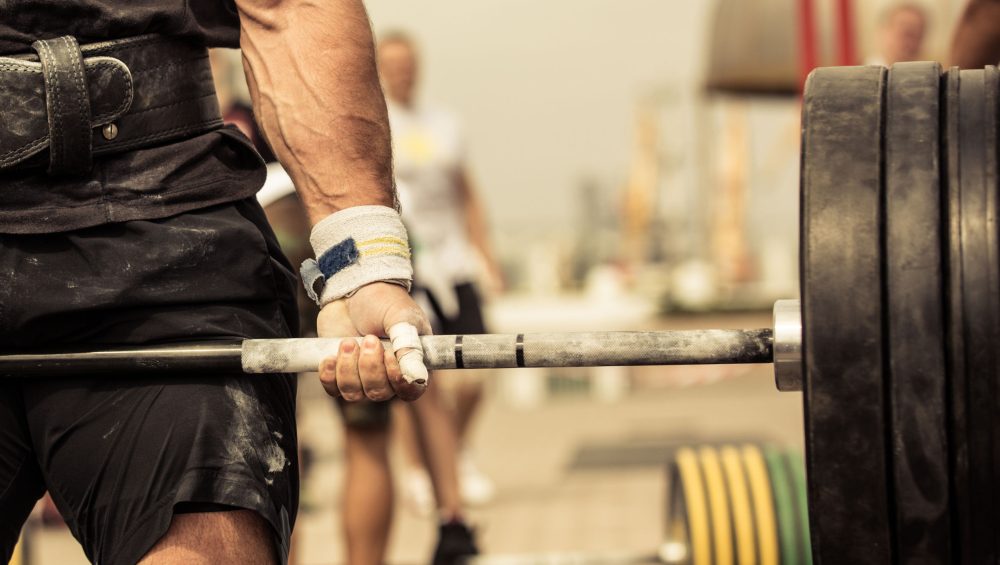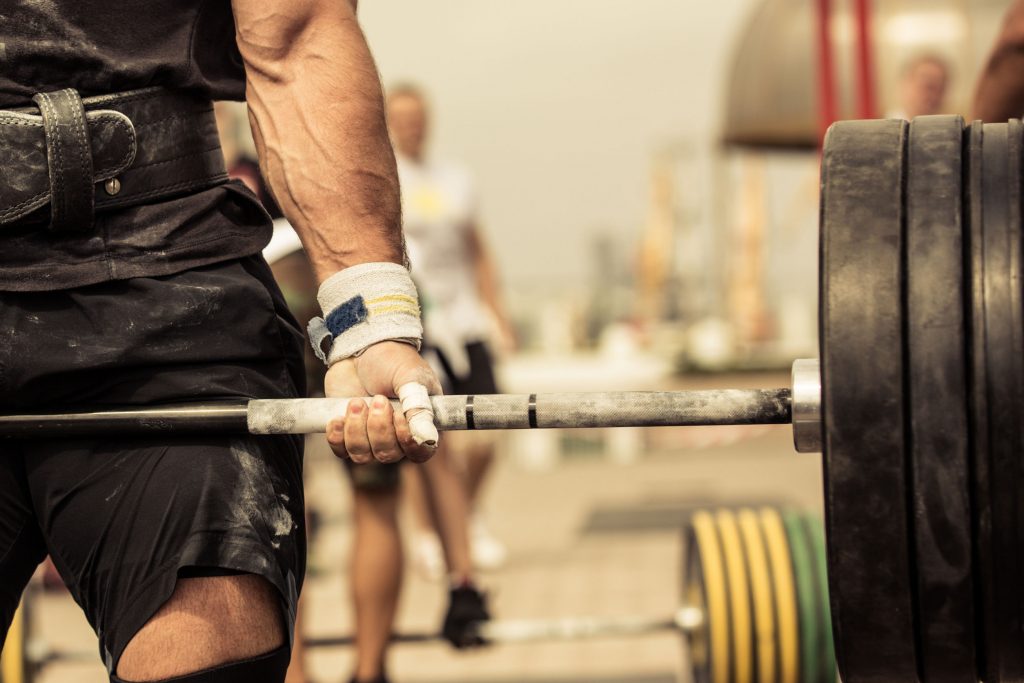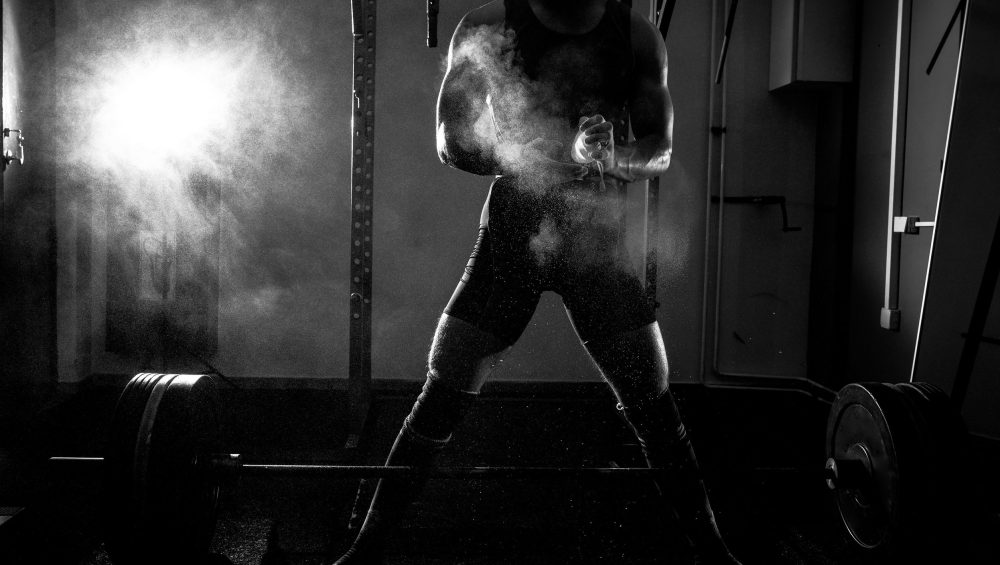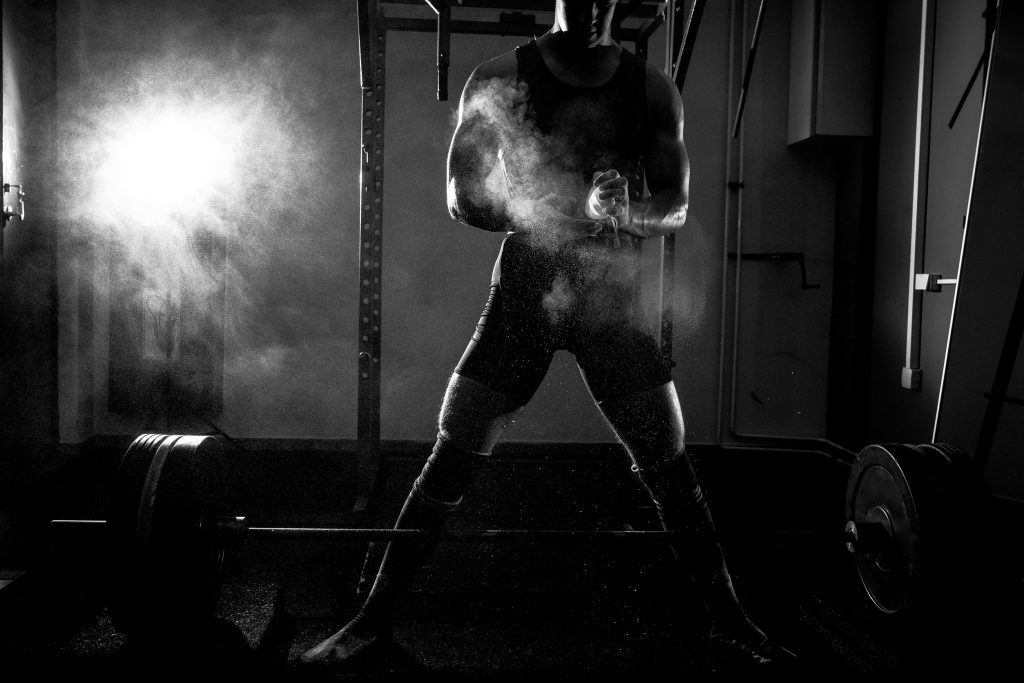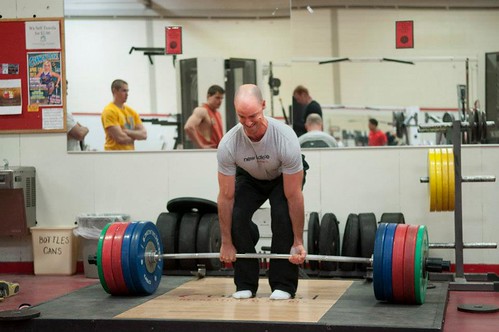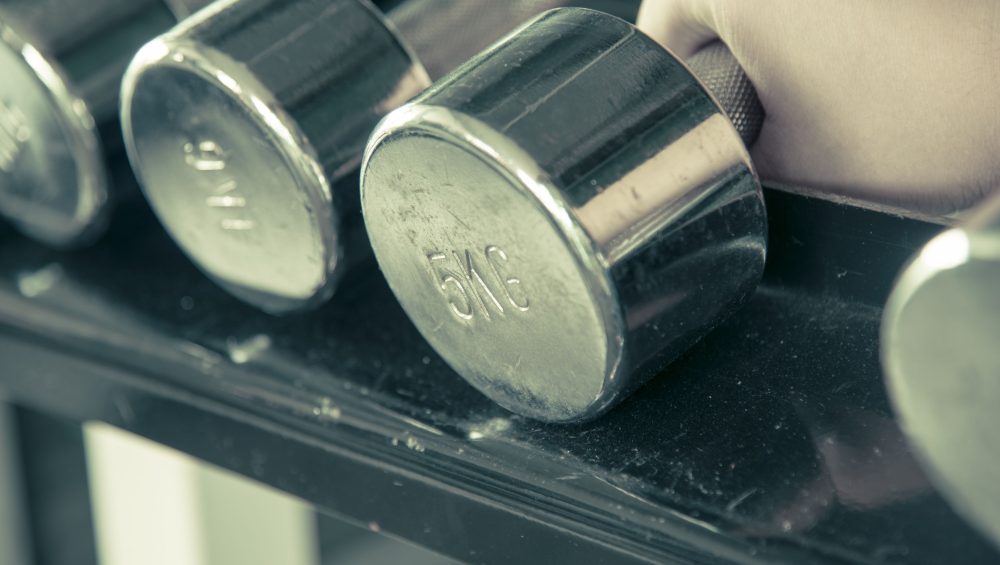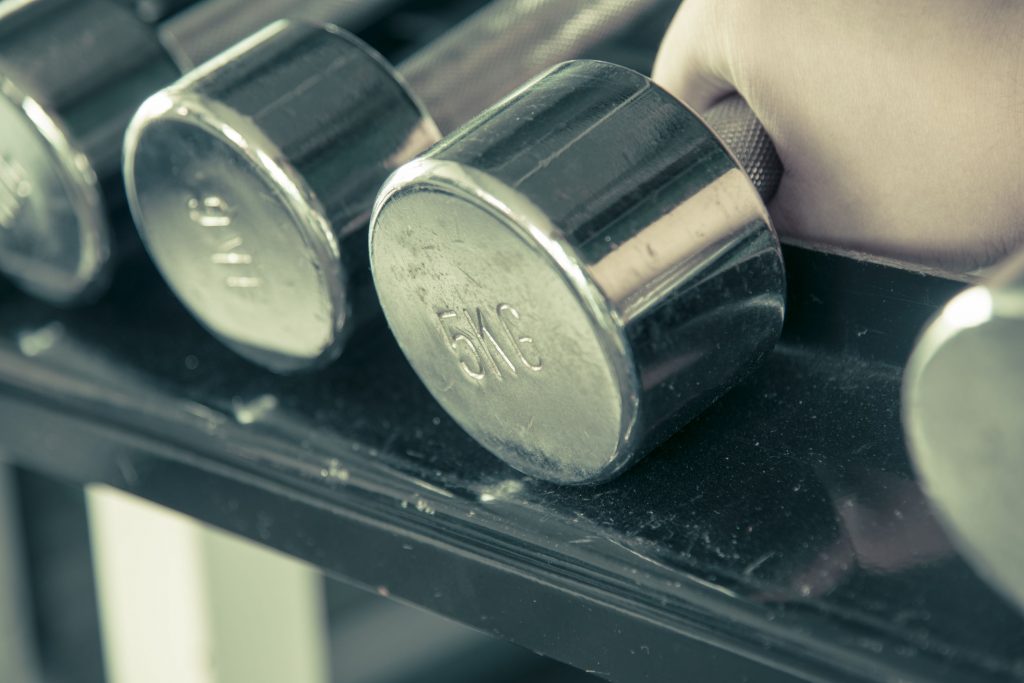There’s a lot that can go awry with the squat.
- Knees caving in too much.
- Excessive rounding of the back.
- Getting stapled to the ground.
- Explosive diarrhea.
There’s one cue, however, I believe has carryover to pretty much anyone and it’s almost guaranteed to make your squat look and feel better.
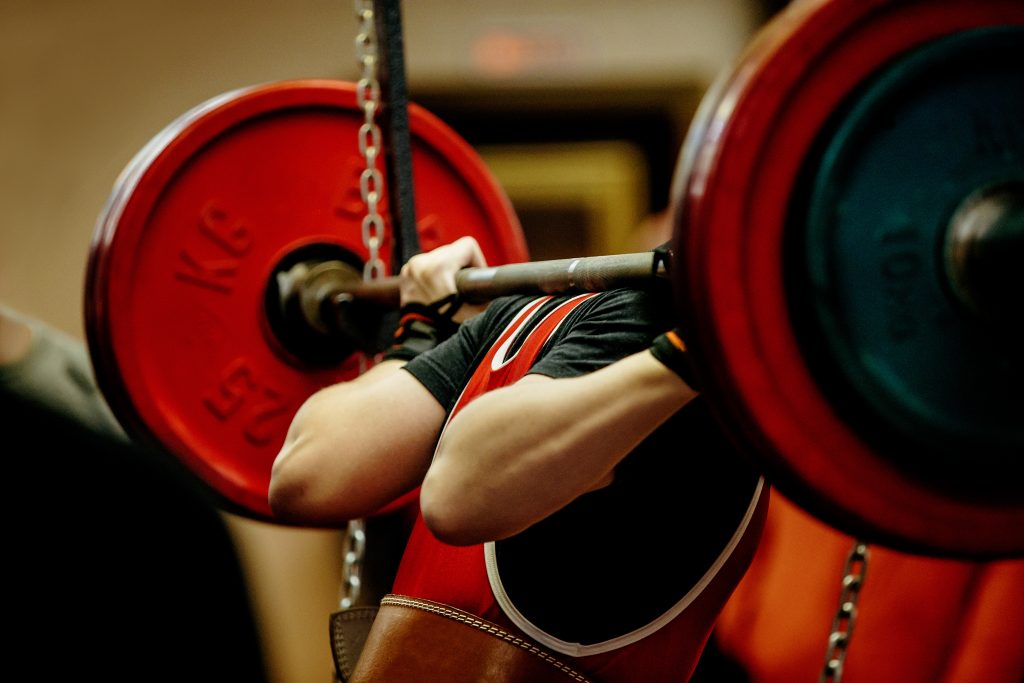
Stack the Rings
It’s not lost on me there’s an easy Lord of the Rings reference to be had here, and I’m going to try my best to be professional and abstain and….
Fuck it.
One ring………..to bind them.
Okay, with that out of the way, what do I mean when I say “stacked rings?” and how how can that possibly help your squat?
I had to audit myself a few years ago when it came to coaching the squat. After being introduced to the concepts of PRI (Postural Restoration Institute) and listening to other strong dudes like Chad Wesley Smith speak on the topic, I wondered if cueing people to “arch, hard!,” and to” sit back” were the right things to be saying to the bulk of my athletes/clients when they were getting under the bar?
Very few were competitive powerlifters and even fewer were geared lifers. I.e., none wore squat suits when training (which require an aggressive arch and sitting back to reap the benefits).
To be clear: There are still many very strong dudes (and coaches) who advocate squatting with a hard arch, and that’s their prerogative. The thing to appreciate, however, is that what works and is ideal for a geared lifter won’t necessarily (read: rarely) ever translate well to a non-geared lifter.
If I were to balance the “I want to be brutally strong AND not shit my spine on this next set” teeter-totter, I’d opt for not arching (aggressively).
Like this.
The ribs & diaphragm are pointing in one direction (up) and the hips & pelvic floor are pointing in another (down).
Put simply, this is all sorts of fuckeduppery not a stable position.
We’re placing a ton of shear load on the spine.
What’s more, this will invariably force the lifter to initiate the movement by sitting back (rather than down, you know, like a squat). As a result, often, the chest will fall forward, and the cue we default towads is “arch, arch, arch, chest up, chest up, chest up, you crap you’re going to fall on your face, too late.”
This only feeds instability.
A better approach, I believe (again, for non-geared lifters) is to tone down the arch and adopt what’s been referred to as the “canister” position or to “stack the rings.”
Giving credit where it’s due, the first person I ever heard use this phrase was Dr. Evan Osar. A simple analogy he used was to think of your pelvis as one ring and your rib cage as a bunch of other rings.
We want all those rings to be stacked.
This will nudge us into a more stable, joint-friendly environment
Now, a minor glitch in this way of thinking is that some people think this infers going into posterior pelvic tilt, where we flatten out the lumbar spine.
This is not what’s happening. As you can see in the picture above, my hips are still behind the bar (still very important) but there’s less of an aggressive arch. Telling people to posteriorly tilt their pelvis towards spine neutral is different than telling them to flatten out their spine.
From there it’s a matter of owning the canister position and to squat down rather than back.
Maybe this quick 3-minute video will help:
Want More Tips Like This?
Yeah, I thought so.
My friends Dr. Sarah Duvall, Kellie Hart, and Meghan Callaway released a stellar product this week – Glutes, Core, and Pelvic Floor Online System – and it hammers home points like the one above. It’s often necessary to break down movement(s) into their respective parts to make certain we’re getting motion from the right areas and that we’re using/engaging the areas we want to use/engage to perform exercises well.
GCPF is a 12-week online course that will teach you how to assess movement and how to implement the correct drills and exercises to help you (or your clients) get stronger and to move better.
TODAY (6/29) is the last day to get it at it’s FULL sale price. You can still get it at a discount until Monday (7/2), however today is your last chance to get it at $200 OFF.
It’s a great resource and one I feel will help a lot of people.


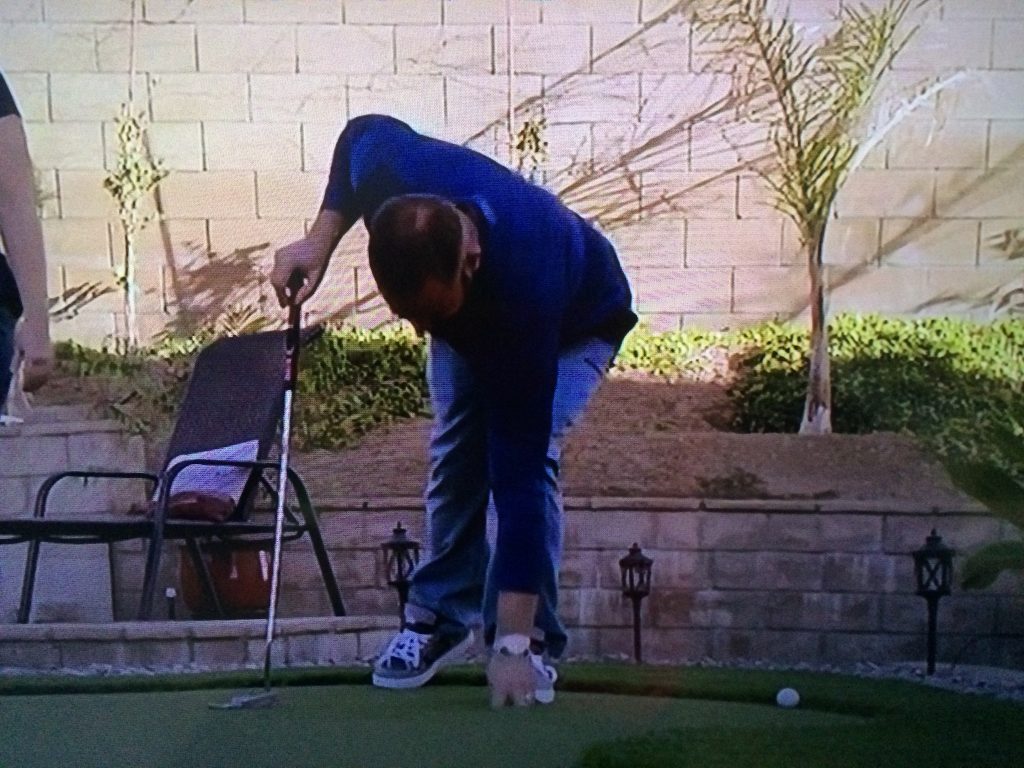



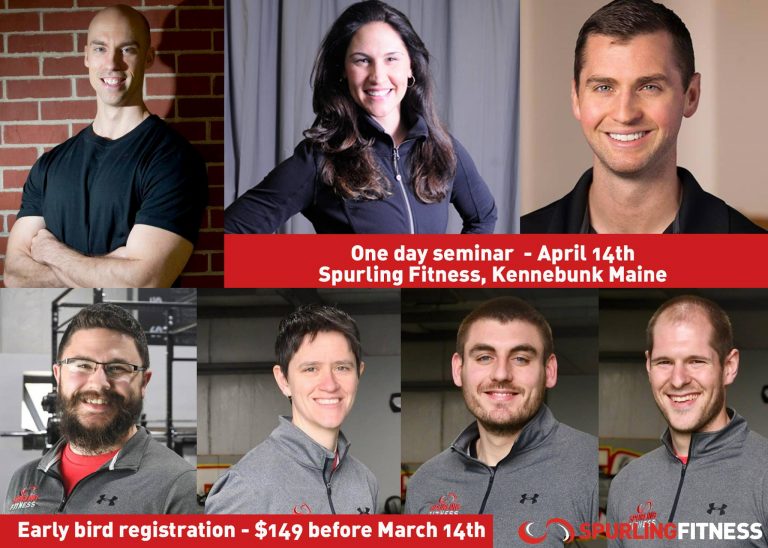
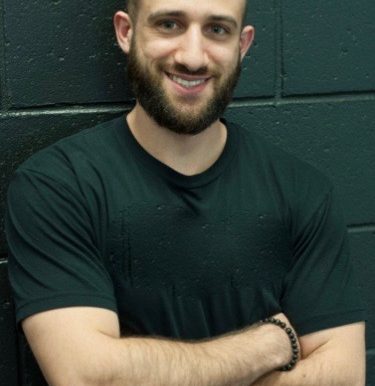


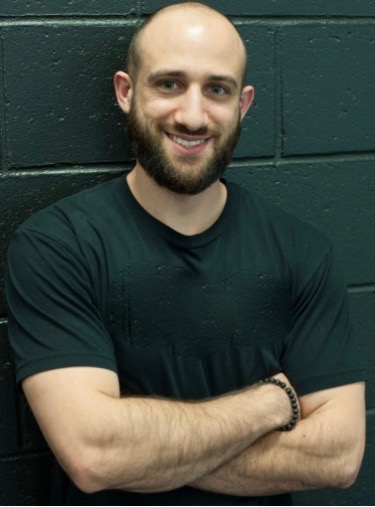 Mike Sirani is the Co-Owner of
Mike Sirani is the Co-Owner of 
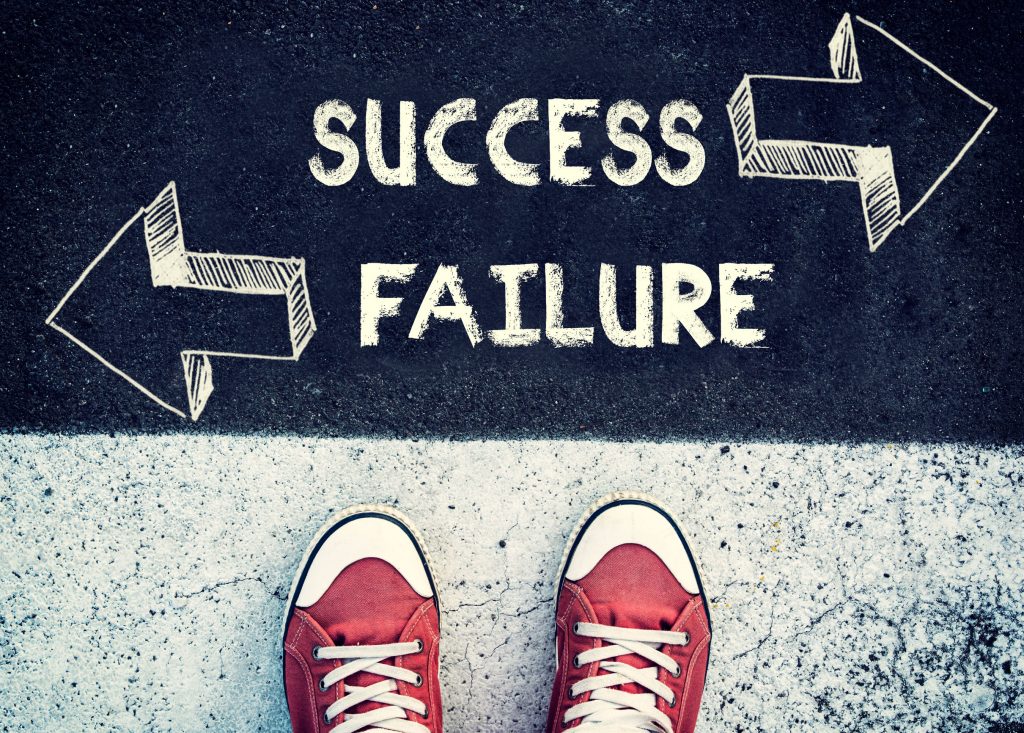

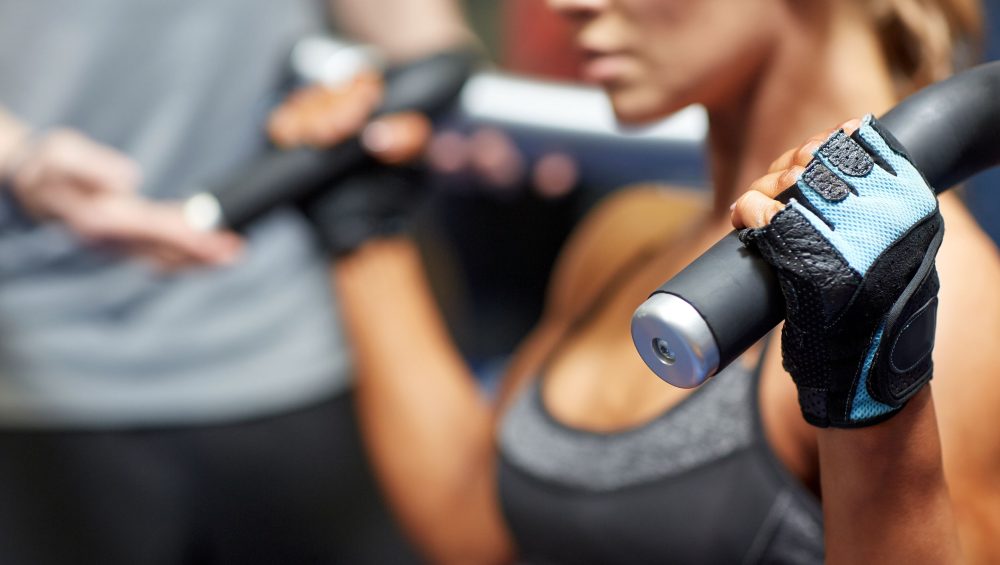
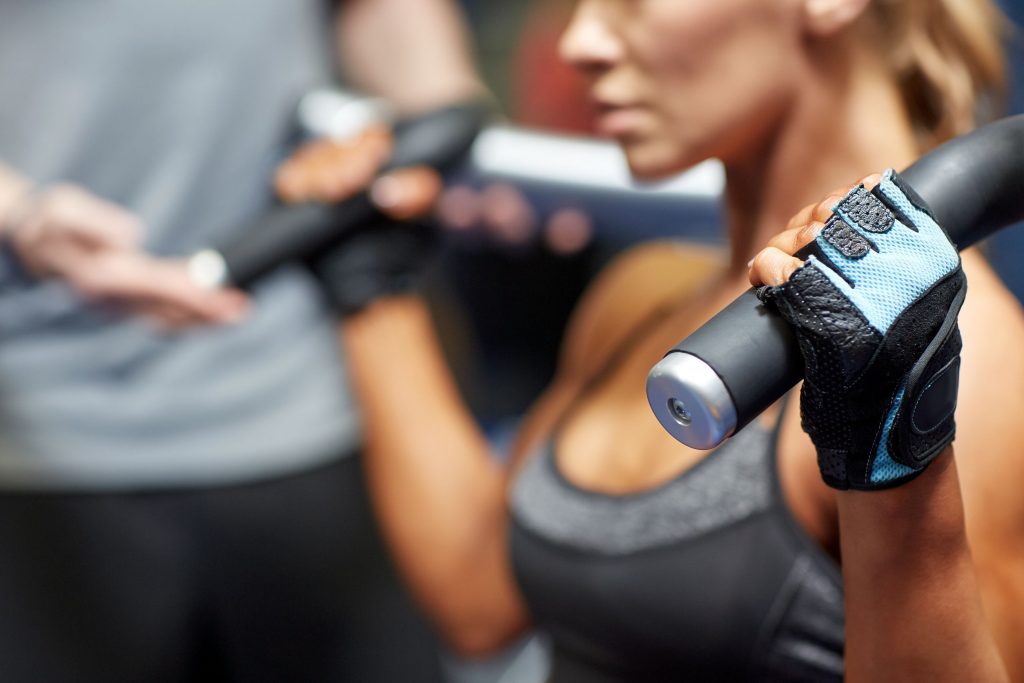
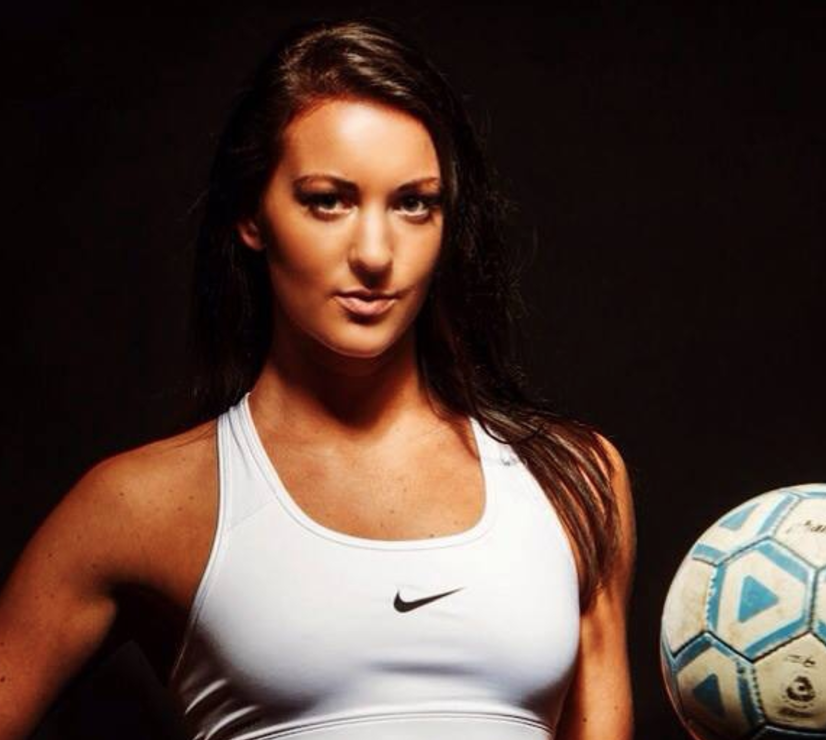 blogger who has worked with athletes and non-athletes for over 5 years. She is currently a strength coach at JDyer Strength and Conditioning, and also runs her own technical soccer training business in Baltimore, MD.
blogger who has worked with athletes and non-athletes for over 5 years. She is currently a strength coach at JDyer Strength and Conditioning, and also runs her own technical soccer training business in Baltimore, MD.